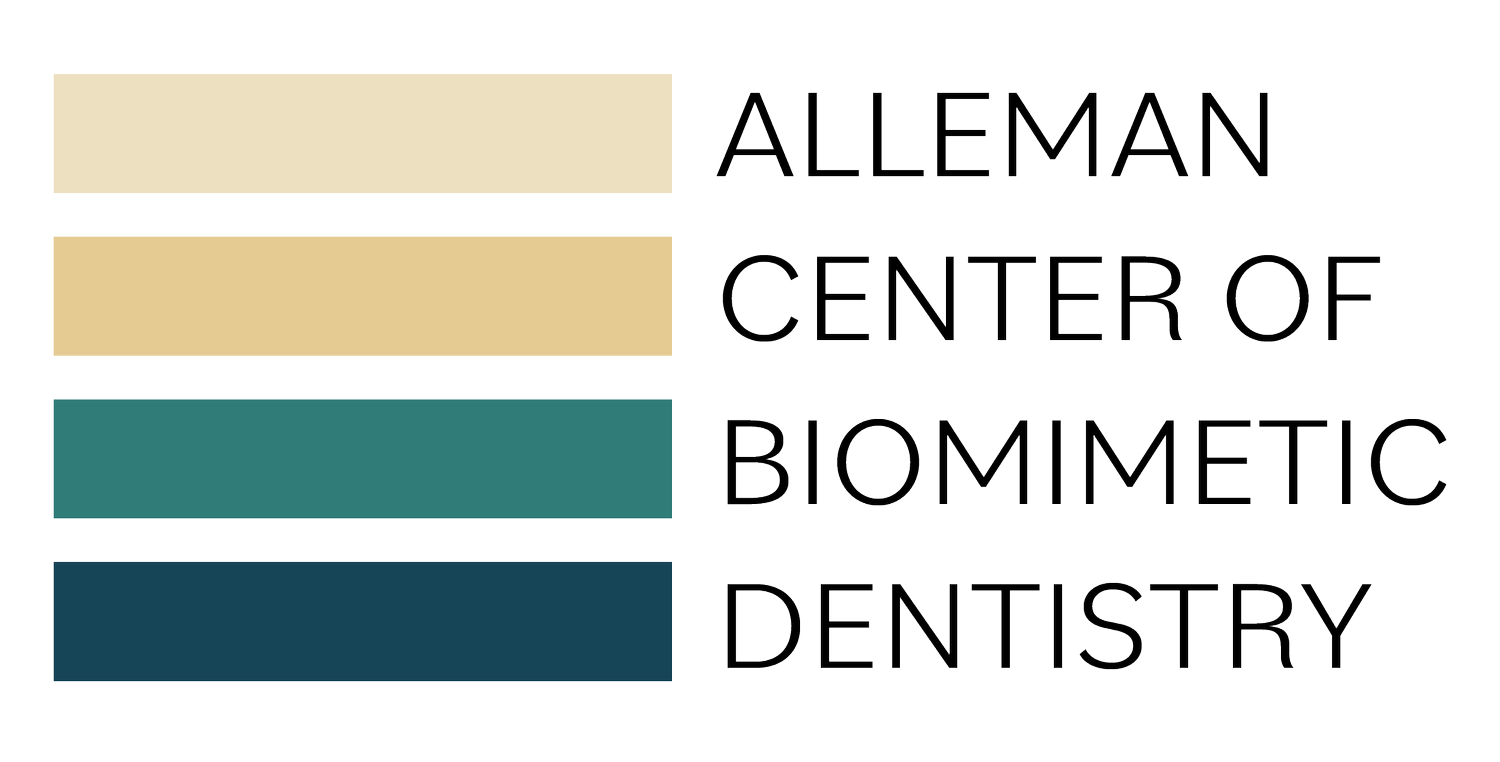Cracking Down on Dental Diagnosis and Treatment
When it comes to crack diagnosis and treatment, cracks are often overlooked without proper magnification during routine check-ups. Pain on biting is often treated by trying to stabilize the fracture with a crown or try to bond over and infiltrate the crack. These treatments have varied success with some teeth proceeding to root canal or extraction.
“Next time you have a patient who is an engineer, ask them how they treat cracks. Their answer might surprise you.”
That is Dr. Davey Alleman’s recommendation for doctors who want better options for crack diagnosis and treatment. In the Six Lessons Approach to Biomimetic Dentistry, Lesson Two details crack dissection to remove or minimize this common dental pathology based on engineering research and clinical studies.
Lesson Two focuses on “Structural Analysis,” to treat gaps and cracks early in the treatment cycle, reducing the likelihood of retreatment.
“We do a risk assessment in terms of the tooth’s structural analysis or structural integrity. You can have structural compromise in either a horizontal direction or a vertical direction. If it’s in a horizontal direction, the tooth can lose 60% of its fracture resistance once the subocclusal webs of enamel are disrupted losing the connection side to side,” explains Dr. Davey Alleman.
The risk assessment is key to understanding when a tooth is at risk of fracture. Once a crack into dentin is diagnosed, the treatment is to remove the crack safely without exposing the nerve. Leaving a crack under a restoration does not restore a tooth to its naturally resilient structure and is at higher risk of future complications. Why concern yourself with crack diagnosis and treatment? Dr. Alleman explains: “A crack is a gap wide enough for bacteria to enter the tooth, and depending on the direction of the crack, it can cause a pulp to go necrotic or, in severe vertical crack cases, the tooth to be lost.” Many catastrophic failures seen in dental offices each day can be prevented by early intervention. By having the resources to see and treat cracks early, teeth can protect from necrosis and catastrophic failures caused by cracks.
This is why Dr. Alleman emphasizes crack treatment on his Instagram profile (@davey_alleman_dmd) and his teaching at the Alleman Center. He is currently authoring a paper on systematic crack diagnosis and treatment to deepen the scientific literature surrounding this topic. “This is a follow-up to the article my father, Dr. David Alleman, published with Dr. Pascal Mange in 2012, ‘A Systematic Approach to Deep Caries Removal End Points: The Peripheral Seal Concept in Adhesive Dentistry’ in Quintessence International,” explains Dr. Alleman. “As I approach the topic of crack dissection, I want to focus on how dentists can create a crack-free peripheral seal zone safely without exposing the nerve by understanding the anatomy of the tooth. Cracks can be dissected to a depths of seven, eight, even nine millimeters in the peripheral seal zone and to a depth of 5mm in the Central Stop Zone allowing for predictable restorations after achieving our crack removal endpoints.”
Doctors and patients are lucky that emerging guidelines and improved magnification exist for proper crack diagnosis and treatment. Patients should track symptoms and report them to their doctor. Intermittent pain when biting is an early sign of fracture, treating this early can stop the crack from growing larger. Doctors should invest in magnification, 6x at least, so they can properly identify cracks as the cause of a symptom and plan their treatment from there. As Davey Alleman and his father David Alleman often say when teaching biomimetic restorative dentistry,
“Once you see cracks, you cannot un-see the cracks. After that, it is your duty as a doctor to provide the best possible outcome for your patient.”
Doctors wanting to learn more about Lesson 2 of Dr. David Alleman’s Six Lessons Approach to Biomimetic Dentistry can watch our free webinar: Dissecting Lesson 2 with Davey Alleman and Dafina Doberdoli.

